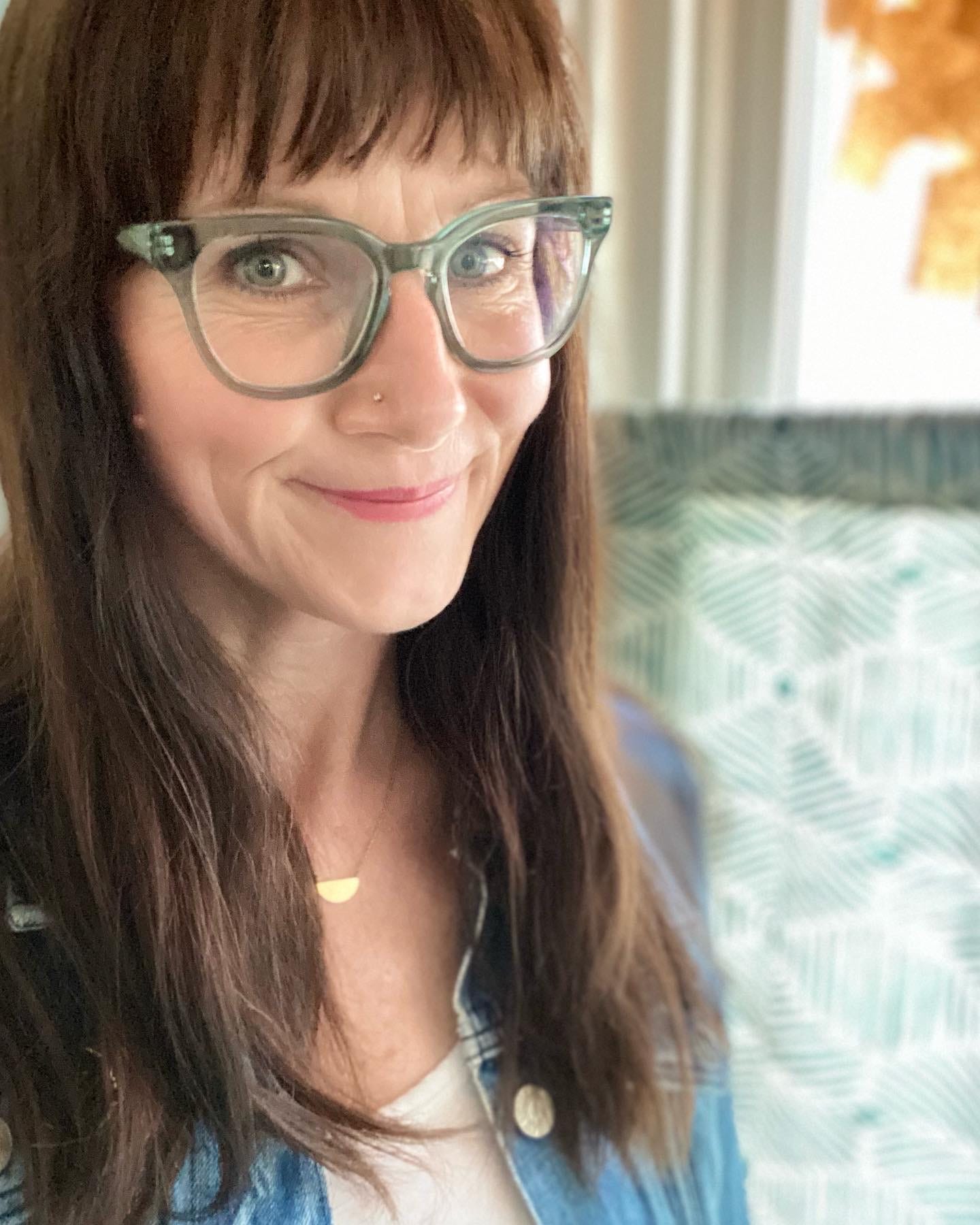Carrying Truth: A Conversation with Maggie Smith
On her new memoir, feminine ways of knowing, and what a viral poem can (and can't) do
Intimate conversations with our greatest heart-centered minds.
I first became aware of Maggie Smith when her staggeringly exquisite the-world-is-a-mess-but-not-without-hope poem Good Bones went viral after the Orlando shooting. It simultaneously crushed my heart and mended it in ways I didn’t know it needed mending. And I was not alone: her words spoke to hundreds of thousands of us—including Meryl Streep who read Good Bones at an Academy of American Poets event—and still vibrantly circulates social media, most often after a tragedy.
Maggie has just published a staggeringly exquisite memoir, You Could Make This Place Beautiful, about her life before and after the viral poem: friendship, children, writing, nature, bodies, gratitude, music, rollerskating, Central Ohio, betrayal, divorce, grief, healing, it’s all in there. Told with tenderness, honesty, humor, and freshly minted middle-age wisdom. It’s already landed on the New York Times bestseller list which is exactly where it belongs.
Maggie has also published Keep Moving, Good Bones, Goldenrod, Lamp of the Body, The List of Dangers, The Well Speaks Of Its Own Poison, and Disasterology. Her work has appeared in the New York Times and The New Yorker, amongst others. And she has a wonderful Substack of her own: For Dear Life: A newsletter about writing & other things that make this life dear—from the poet, not the dame.
I loved hearing about Maggie’s ability to time travel via music, her insight into truth telling, learning from imperfect humans, feminine and non-Western ways of accessing wisdom, the sacredness of memory, the importance of routine in writing, and so much more.
Don’t Miss This Week’s Master Craft Advice!
Stick with us til the end, where Maggie talks about the unknown as a feature (not a bug) of writing.
So much of what I was seeing about your book described it as: your poem went viral and then your marriage fell apart because your husband was jealous. But to me it’s about you grabbing your lantern and coming home to yourself with such tenderness and care and humor—and, of course, with your children and dog by your side. It’s a celebration of family and self. If I’m correct, what’s it like to know yourself in this more honest and affectionate manner?
That's a great question. First of all, I agree with you. I don't think of this book as a divorce memoir. It’s about a lot of things, but it's primarily a return to self in middle age. We read a lot about midlife crisis. For me, this was the opposite. It was a midlife recovery.
Lately, I've been thinking about the amount that I write about invisibility and sleight of hand and ghosts and disappearing in this book. It’s a motif for what it felt like to be a middle-aged mother and caregiver in central Ohio. In some ways, the book is a reappearing act as opposed to a disappearing act. It was me getting to a point in my life where I realized I had diminished myself in ways that were essential. I had bargained away parts of myself that were not small parts in an effort to keep the peace, keep everything running smoothly, make everyone happy. I suppose this is the lot of middle life, but someone told me recently, you seem younger than you did ten years ago.
What did you take that to mean?




